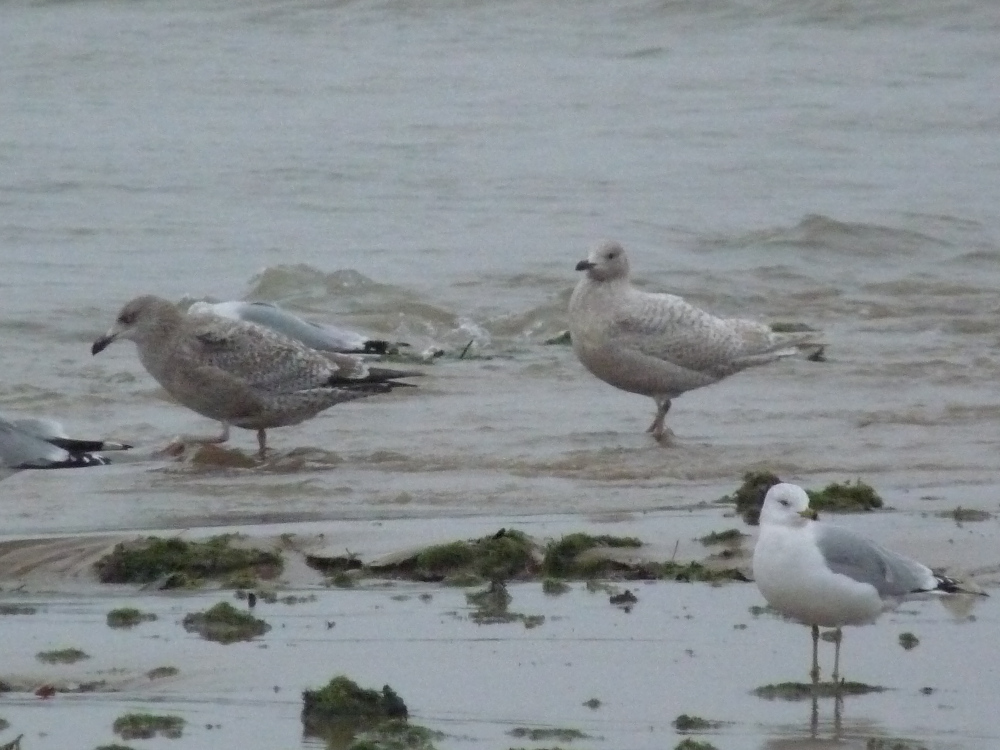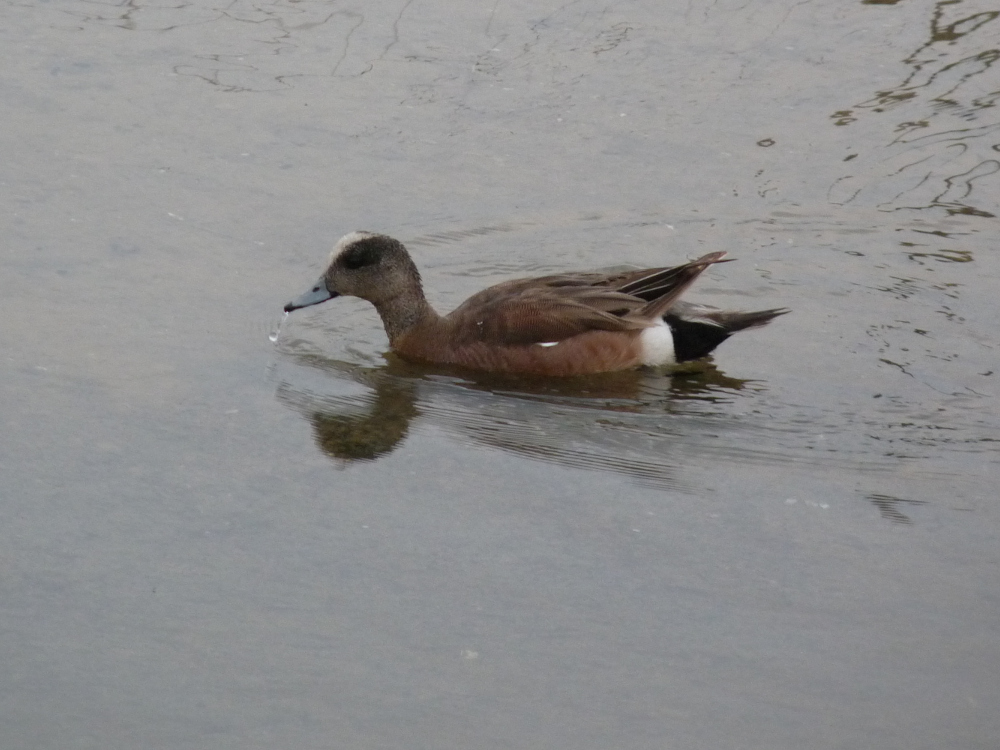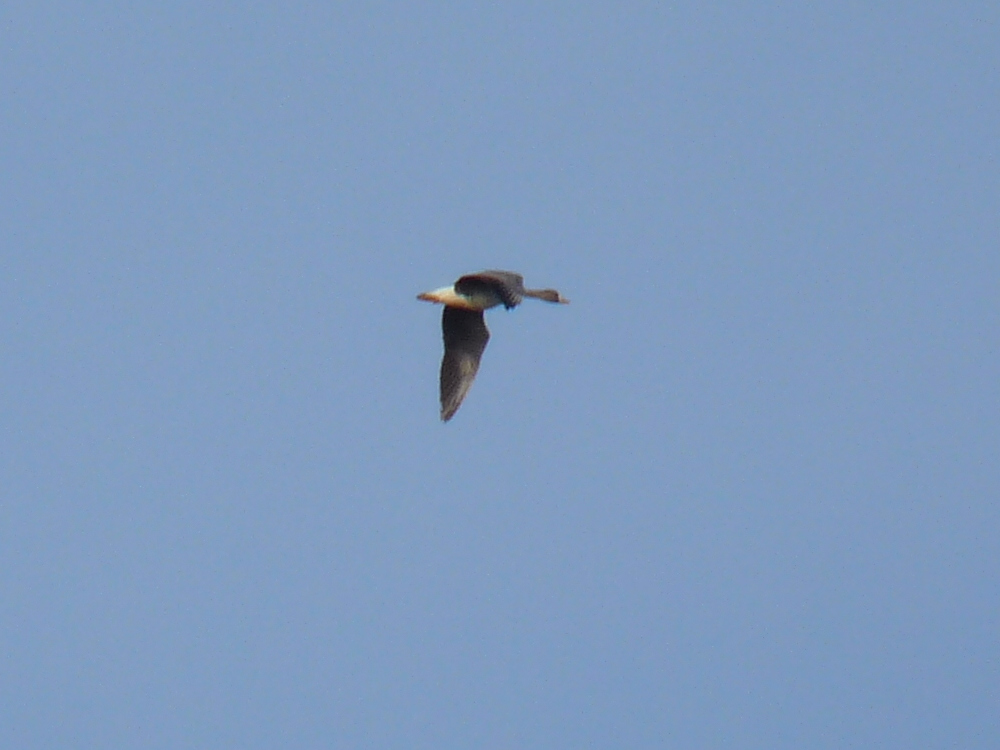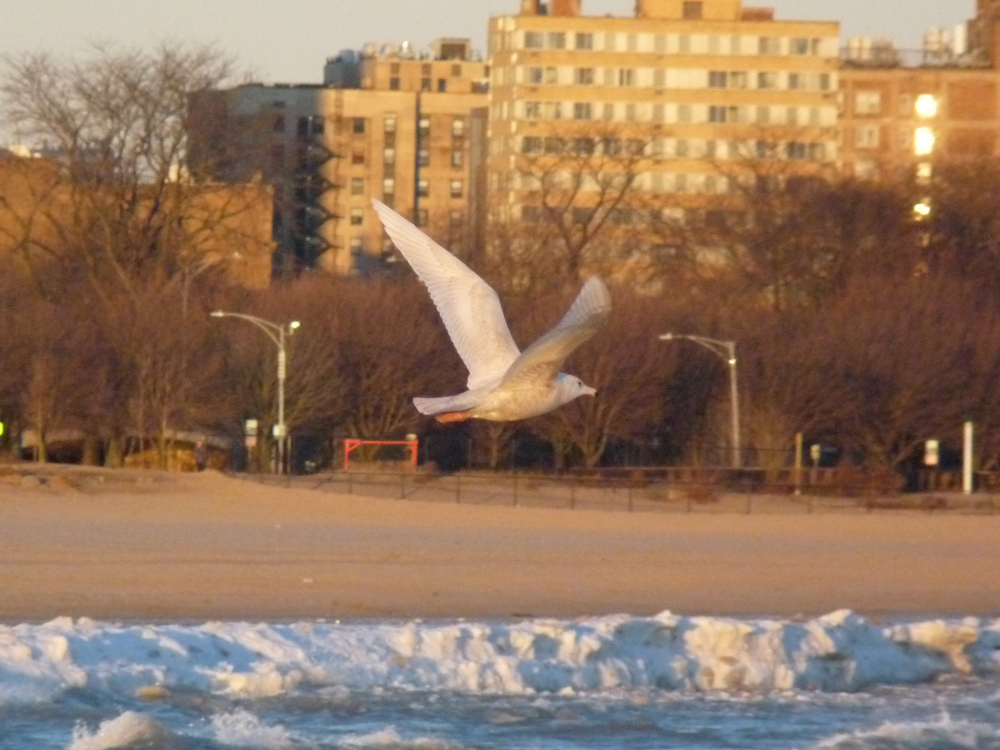The middle of January is about the slowest time of the year for birding at Montrose. If you see 20 species on a visit you’re doing very well. January 13, 2024 proved to be the best mid winter day of birding I’ve experienced at Montrose. I tallied 32 species in a couple hours of birding, and 41 species were reported to eBird by all observers for the day. My highlights include
Iceland Gull
Long-tailed Duck
Long-eared Owl
Northern Harrier
American Pipit
Lapland Longspur
Snow Bunting
Horned Lark
Orange-crowned Warbler
Common Grackle
Fox Sparrow
Savannah Sparrow
Some of these birds were likely driven south by an approaching Artic cold front. The temperature on January 13 was in the 20s, but dropped below zero overnight and is expected to stay in this range for several days. Extreme weather events like this often produce extreme birding events.






